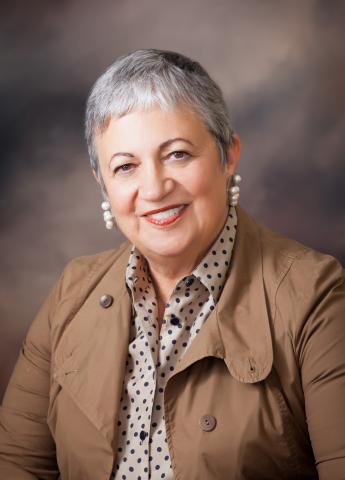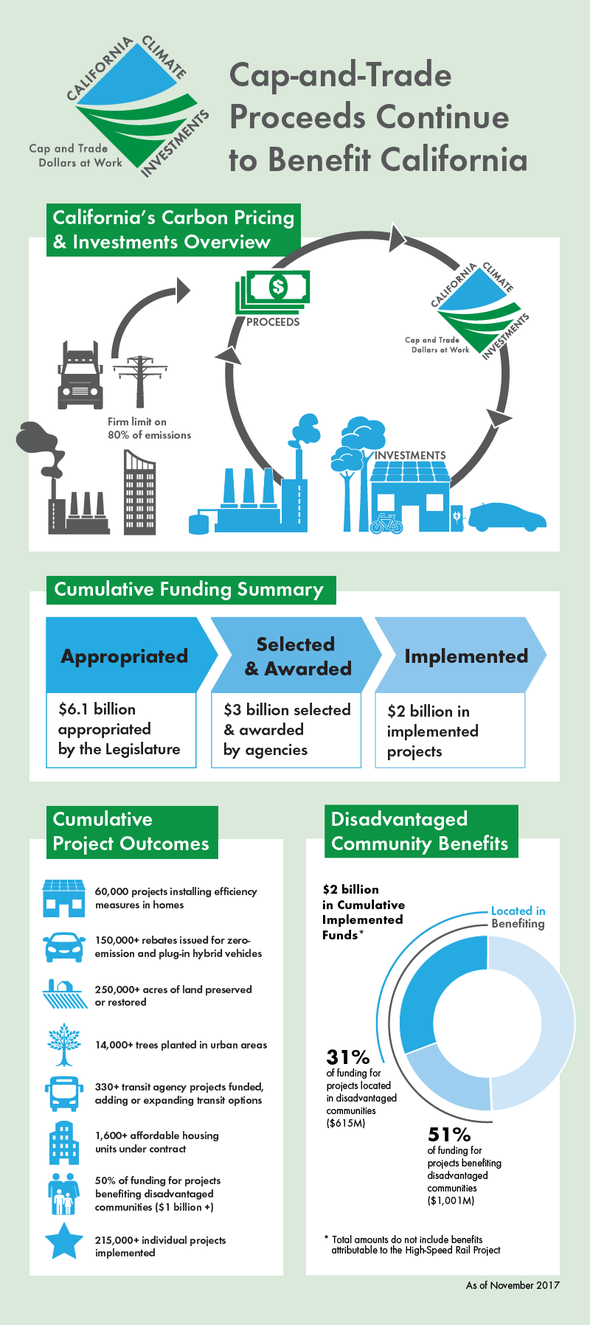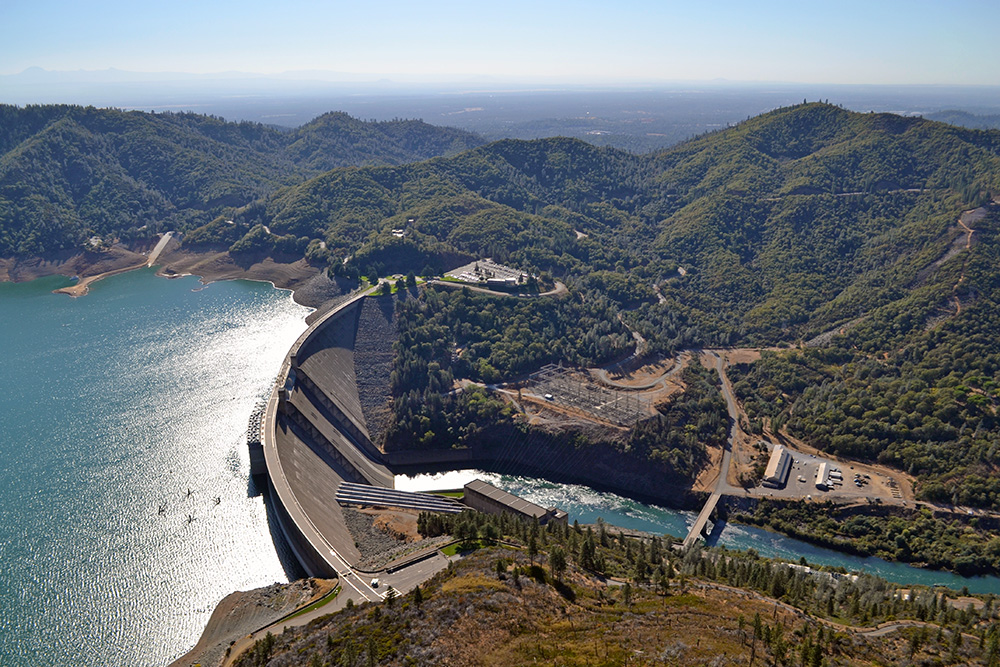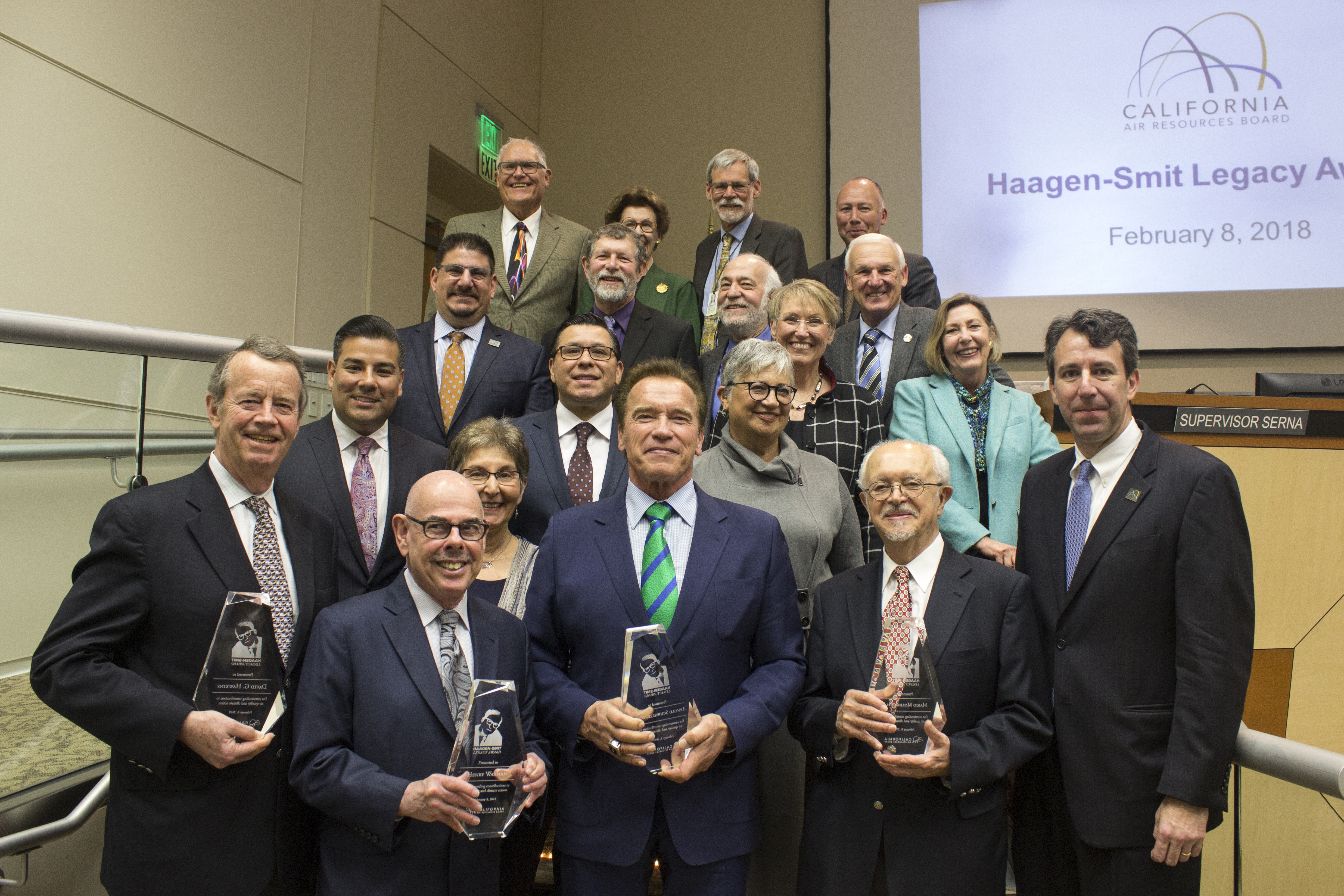More bad news from Trump's own administration - too bad he apparently can't read...
Climate change will harm the entire nation if the U.S. doesn’t act now, federal report warns
Environmental news from a California perspective. Comments appreciated but keep it civil. Otherwise, expect to be banned.
Cookies Notice
This site uses cookies from Google to deliver its services, to personalize ads, and to analyze traffic. Information about your use of this site is shared with Google. By using this site, you agree to its use of cookies.
Saturday, November 24, 2018
Trump's own people admit his deregulation actions will hurt more people as a result of those very actions
Guess who says that Trump's deregulation efforts will hurt people? The Trump administration itself says so!
Trump administration’s own analyses indicate many of its new regulations will hurt vulnerable AmericansSaturday, September 8, 2018
CARB to study impact of Big Oil production on nearby communities in L.A. and Kern Counties
Yesterday the California Air Resources Board (CARB) announced that it will be conducting extensive air quality monitoring on several communities most impacted by air pollution from nearby oil and gas production facilities.
The communities chosen are located in historic oil production areas in the South San Joaquin Valley and Los Angeles County and include:
Photo: CARB
The communities chosen are located in historic oil production areas in the South San Joaquin Valley and Los Angeles County and include:
- Lost Hills, Lost Hills Oil Field, Kern County
- McKittrick and Derby Acres, McKittrick Oil Field and Midway-Sunset Oil Field, Kern County
- Baldwin Hills, Inglewood Oil Field, Los Angeles County
- South Los Angeles, Las Cienegas Oil Field, Los Angeles County
Part of the Study of Neighborhood Air near Petroleum Sources (SNAPS), CARB hopes to use the data to better understand how oil and gas production facilities affect neighboring communities.
Mobile air monitoring units will be installed and operated for 3 - 4 months. The program also calls for community meetings to gather feedback and to discuss the results.
“Many Californians live in communities near oil and gas facilities – but we know very little about the impact of these facilities on their neighbors’ health,” said Chair Mary D. Nichols. “We need up-to-date information to assess whether existing standards and regulations are effective, and to lay the groundwork for any needed improvements.”
“CARB recently adopted more stringent regulations requiring enhanced inspection of oil and gas operations including pump jacks. The rules require the use of technologies including chemical sniffers to better pinpoint and repair any leaks that are identified,” said Executive Officer Richard W. Corey. “The SNAPS program will complement the regulation to better ensure oil and gas operations that impact nearby communities are identified and addressed.”
Wednesday, July 11, 2018
California's GHG emissions now below 1990 levels
The California Air Resources Board (CARB) announced today that statewide emissions of greenhouse gasses have fallen below 1990 levels for the first time since 2004.
The emission reductions are roughly equal to taking 12 million cars off of the road or saving 6 billion gallons of gasoline.
In 2006 California passed its landmark climate change law, AB 32, which requires the state to reduce its emissions to 1990 levels - 431 million metric tons) by 2020. According to the state's 2016 Greenhouse Gas Emissions Inventory published today, California's emissions were 429 million metric tonnes.
Governor Jerry Brown made note of the achievement, saying, "California set the toughest emissions targets in the nation, tracked progress, and delivered results."
Added CARB Chair Mary Nichols, "This is great news for the health of Californians, the state's environment and its economy, even as we face the failure of our national leadership to address climate change.
The emission reductions are roughly equal to taking 12 million cars off of the road or saving 6 billion gallons of gasoline.
In 2006 California passed its landmark climate change law, AB 32, which requires the state to reduce its emissions to 1990 levels - 431 million metric tons) by 2020. According to the state's 2016 Greenhouse Gas Emissions Inventory published today, California's emissions were 429 million metric tonnes.
Governor Jerry Brown made note of the achievement, saying, "California set the toughest emissions targets in the nation, tracked progress, and delivered results."
Added CARB Chair Mary Nichols, "This is great news for the health of Californians, the state's environment and its economy, even as we face the failure of our national leadership to address climate change.
Highlights from the inventory published today include:
- Carbon pollution dropped 13 percent statewide since a 2004 peak; meanwhile the economy grew 26 percent.
- Per capita emissions continue to be among the lowest in the country. They fell 23 percent from a peak of 14 metric tons per person (roughly equal to driving 34,000 miles) in 2001 to 10.8 metric tons per person in 2016 (roughly equal to driving 26,000 miles). That is approximately half as much as the national average.
- Carbon pollution dropped 3 percent between 2015 and 2016—roughly equal to taking 2.4 million cars off the road or saving 1.5 billion gallons of gasoline and diesel fuel.
- The “carbon intensity” of California’s economy – the amount of carbon pollution emitted per $1 million of gross state product – dropped 38 percent since the 2001 peak and is now one-half the national average.
- California now produces twice as many goods and services for the same amount of greenhouse gas emissions as the rest of the nation.
Electricity generation had the largest decline among the sectors. Emissions from this sector declined 18 percent in 2016, reflecting continued growth in renewable energy – such as solar, wind and geothermal – as a result of the state’s Renewables Portfolio Standard, and a corresponding drop in natural gas generation. Solar electricity in all forms, including rooftop generation, grew 33 percent, while natural gas fell more than 15 percent.
Tuesday, July 3, 2018
The San Joaquin Valley Air Pollution Control District has just issued the following press release concerning the air pollution risks from fireworks:
Photo © Frank Maccioli
Air officials ask Valley residents to consider negative health effects of fireworks
Fireworks elevate PM levels and threaten public health
This Independence Day, Air District officials remind Valley residents that July 4th fireworks can increase levels of dangerous particulate matter (PM), including soot, ash and metals, which cause serious health impacts. Individuals most at risk are small children, the elderly and people with existing respiratory conditions.
“If Valley residents feel the need to enjoy fireworks, we urge them to exhibit their patriotism by attending a professional Independence Day event in their area instead of using personal fireworks,” said Samir Sheikh, the District’s Deputy Air Pollution Control Officer. “Each year, people suffer serious health consequences from direct exposure in the neighborhoods where they live and breathe… from firework activities that are entirely preventable.”
Fine particulate matter can invade the bloodstream, get deep into the lungs and has been linked to heart attacks and stroke. Each year on the Fourth of July, air monitors across the Valley reflect spikes in PM concentrations, often four to five times higher than the health-based federal standards, and typically occur between the hours of 9 and 10 pm. These spikes are due in part to personal fireworks used throughout Valley neighborhoods and the high levels of PM threaten the Valley’s progress in meeting air-quality standards that protect public health. (An attached graph illustrates a typical increase in PM following fireworks).
The District’s Real-time Air Advisory Network (RAAN) provides localized air quality data from an extensive air-monitoring network which allows Valley residents to track PM at any Valley address by visiting myraan.org.
For more information about the Air District, call a regional office in Fresno (559) 230-6000, Modesto (209) 557-6400 or Bakersfield (661) 392-5500.
Wednesday, June 27, 2018
New California ballot measure will let paint companies off the hook for lead cleanup, charge taxpayers instead
In an attempt to avoid spending hundreds of millions of dollars to remove hazardous lead paint from California homes, two of the liable companies have successfully qualified a ballot initiative for this November that would transfer the responsibility to taxpayers.
Photo credit: USEPA Environmental-Protection-Agency (Lead Paint) [Public domain], via Wikimedia Commons
Sherwin-Williams and ConAgra collected enough signatures to qualify the measure,which would upend their court ordered obligations for the clean up of homes built before 1951. The two companies, along with NL Industries, had been successfully sued by Los Angeles, San Francisco, and 8 other areas and found liable for creating a public nuisance.
The courts found that the companies knowingly sold and advertised lead paint, despite having knowledge that it had serious health effects, especially in children.
Lead paint was banned for home use in 1978.
If approved by California voters, the measure would authorize a $2 billion taxpayer funded loan to pay for the cleanup.
The proponents of the measure have argued that it will provide sufficient funding not only for lead paint removal but also for the removal of mold and other hazards from homes and schools throughout the state and not just in the cities that won the lawsuit.
However, the companies and legislators are reportedly negotiating legislation that would limit their liability to $500 million over the next decade, overturn the court ruling, and absolve them from additional liability. If successful, they will be able to remove the initiative from the ballot but it must be done by tomorrow, June 28.
Sherwin-Williams and ConAgra collected enough signatures to qualify the measure,which would upend their court ordered obligations for the clean up of homes built before 1951. The two companies, along with NL Industries, had been successfully sued by Los Angeles, San Francisco, and 8 other areas and found liable for creating a public nuisance.
The courts found that the companies knowingly sold and advertised lead paint, despite having knowledge that it had serious health effects, especially in children.
Lead paint was banned for home use in 1978.
If approved by California voters, the measure would authorize a $2 billion taxpayer funded loan to pay for the cleanup.
The proponents of the measure have argued that it will provide sufficient funding not only for lead paint removal but also for the removal of mold and other hazards from homes and schools throughout the state and not just in the cities that won the lawsuit.
However, the companies and legislators are reportedly negotiating legislation that would limit their liability to $500 million over the next decade, overturn the court ruling, and absolve them from additional liability. If successful, they will be able to remove the initiative from the ballot but it must be done by tomorrow, June 28.
Tuesday, May 29, 2018
Saturday, April 14, 2018
Environmental film festival in Santa Monica on April 21, 2018
If you are interested in the environment and film, the second annual Earth Focus Environmental Film Festival may be worth your time.
Open to the public, the festival will take place at Laemmle's Monica Film Center in Santa Monica from 9:30 a.m. to 6:30 p.m. on Saturday, April 21, 2018.
The festival will feature a variety of free and nominal cost environmental shorts, four acclaimed films, and two back-to-back episodes of KCET and Link TV's "Earth Focus." The latter is the longest running environmental news program on U.S. television.
For a complete program listing and ticket information, please check this link:
Earth Focus Environmental Film Festival
Open to the public, the festival will take place at Laemmle's Monica Film Center in Santa Monica from 9:30 a.m. to 6:30 p.m. on Saturday, April 21, 2018.
The festival will feature a variety of free and nominal cost environmental shorts, four acclaimed films, and two back-to-back episodes of KCET and Link TV's "Earth Focus." The latter is the longest running environmental news program on U.S. television.
For a complete program listing and ticket information, please check this link:
Earth Focus Environmental Film Festival
Friday, April 13, 2018
CARB Chair responds to another Trump directive
The California Air Resources Board (CARB) Chairwoman, Mary Nichols, responded today to a new Presidential directive that she claims will weaken air pollution control efforts and threaten the public's health.
The Presidential Memorandum, which was issued yesterday by President Trump. directs the U.S. Environmental Protection Agency (EPA) to speed up the review of permit applications, air quality plans, and other areas to streamline and make more efficient a variety of air pollution programs, policies, and procedures.
In the Memorandum, President Trump asserts that existing EPA requirements and procedures have resulted in "unnecessary impediments to new manufacturing and business expansion essential for a growing economy."
In response, Nichols said, “This order caves to a minority of industries who claim Clean Air Act standards are too strict, too costly and too burdensome. The truth is a large body of research shows the Clean Air Act dramatically improves public health, especially among our most vulnerable populations. The consequences of inaction are irresponsible -- unhealthy people, shortened lives, and greater demands on our health care system.”
Mary Nichols
Photo: CARB
The Presidential Memorandum, which was issued yesterday by President Trump. directs the U.S. Environmental Protection Agency (EPA) to speed up the review of permit applications, air quality plans, and other areas to streamline and make more efficient a variety of air pollution programs, policies, and procedures.
In the Memorandum, President Trump asserts that existing EPA requirements and procedures have resulted in "unnecessary impediments to new manufacturing and business expansion essential for a growing economy."
In response, Nichols said, “This order caves to a minority of industries who claim Clean Air Act standards are too strict, too costly and too burdensome. The truth is a large body of research shows the Clean Air Act dramatically improves public health, especially among our most vulnerable populations. The consequences of inaction are irresponsible -- unhealthy people, shortened lives, and greater demands on our health care system.”
Thursday, April 5, 2018
Check your California electric bill for a climate credit
Just in case you were unaware, your electric bill this month should be reduced a little bit by a "California Climate Credit."
Photo: California ARB
One of the consumer benefits of California's efforts to combat climate change, monies for the credit come from regulations that require power plants and other large sources of greenhouse gas emissions to purchase carbon pollution permits.
A share of those payments is returned twice a year to residential utility ratepayers and certain small businesses, who are customers of PG&E, SDG&E, and SCE Pacific Power and Liberty Utilities. Additionally, all Community Choice Aggregator (CCA) customers get the credit.
Depending upon what utility you use, the amount of the credits varies from $29.46 to $126,90.
One of the consumer benefits of California's efforts to combat climate change, monies for the credit come from regulations that require power plants and other large sources of greenhouse gas emissions to purchase carbon pollution permits.
A share of those payments is returned twice a year to residential utility ratepayers and certain small businesses, who are customers of PG&E, SDG&E, and SCE Pacific Power and Liberty Utilities. Additionally, all Community Choice Aggregator (CCA) customers get the credit.
Depending upon what utility you use, the amount of the credits varies from $29.46 to $126,90.
Monday, April 2, 2018
CARB chair fires back at Trump's EPA, vows to hold automakers to tighter emission standards
California's top air pollution regulator fired back at the Trump administration's EPA today over the latter's plans to weaken air pollution standards for cars and light trucks, model years 2022 - 2025.
Mary D. Nichols, Chair of the California Air Resources Board (CARB) issued the following statement:
Mary D. Nichols, CARB Chair
Photo: California Air Resources Board
Mary D. Nichols, Chair of the California Air Resources Board (CARB) issued the following statement:
“This is a politically motivated effort to weaken clean vehicle standards with no documentation, evidence or law to back up that decision. This is not a technical assessment, it is a move to demolish the nation’s clean car program. EPA’s action, if implemented, will worsen people’s health with degraded air quality and undermine regulatory certainty for automakers.
This decision takes the U.S. auto industry backward, and we will vigorously defend the existing clean vehicle standards and fight to preserve one national clean vehicle program.
Meanwhile, today’s decision changes nothing in California and the 12 other states with clean car rules that reduce emissions and improve gas mileage—those rules remain in place. California will not weaken its nationally accepted clean car standards, and automakers will continue to meet those higher standards, bringing better gas mileage and less pollution for everyone.”
Friday, March 16, 2018
Here is how California's Cap-and-Trade program is helping the state
A new report just released by the California Air Resources Board details the benefits from the proceeds of its landmark Cap-and-Trade program, particularly for disadvantaged and low-income communities.
In the last year alone, more than $720 million generated by the program was reinvested in projects located in all 58 California counties. Over 75,000 projects have been completed, resulting in reductions of greenhouse gases, improved energy efficiencies, and nearly tripling the number of trees that have been planted.
Some of the projects include:
A 44-unit affordable housing development in Tulare County with integrated vanpooling service and discount transit passes is among more than 1,600 housing units funded statewide.
The Cecchini Farm in Contra Costa County, whose fifth-generation owners decided not to sell after they were approved for a conversation easement, is among more than 250,000 acres of land statewide that will be preserved, from coastal watersheds and wetlands to mountain meadows.
Los Angeles County’s Foothill Transit is purchasing 15 zero-emission electric buses to advance the agency’s goal to go all-electric by 2030 to reduce GHG emissions and improve air quality in the inland communities it serves.
For all of the details, the full report may be reviewed here: 2018 Annual Report
In the last year alone, more than $720 million generated by the program was reinvested in projects located in all 58 California counties. Over 75,000 projects have been completed, resulting in reductions of greenhouse gases, improved energy efficiencies, and nearly tripling the number of trees that have been planted.
Some of the projects include:
A 44-unit affordable housing development in Tulare County with integrated vanpooling service and discount transit passes is among more than 1,600 housing units funded statewide.
The Cecchini Farm in Contra Costa County, whose fifth-generation owners decided not to sell after they were approved for a conversation easement, is among more than 250,000 acres of land statewide that will be preserved, from coastal watersheds and wetlands to mountain meadows.
Los Angeles County’s Foothill Transit is purchasing 15 zero-emission electric buses to advance the agency’s goal to go all-electric by 2030 to reduce GHG emissions and improve air quality in the inland communities it serves.
For all of the details, the full report may be reviewed here: 2018 Annual Report
Thursday, March 15, 2018
Kevin McCarthy helping Trump avoid California environmental laws to raise Shasta Dam
In a report in today's Los Angeles Times, a federal effort to raise the height of northern California's Shasta Dam by approximately 18 feet in violation of California environmental laws is being facilitated by House Majority Leader Kevin McCarthy (R - Bakersfield).
If constructed as planned, the dam's new capacity would flood a large portion of the McCloud River which is currently protected by the Wild and Scenic Rivers Act. That act prohibits California from supporting or funding any projects that could harm such rivers.
In order to get around this requirement, and the requirement that the users of the water from the dam help pay for the construction, McCarthy and other Congressional Republicans are trying to amend an unrelated federal budget bill. According to the Times, this is being done without any hearings or public comment. The budget bill is critical to avoid another government shutdown.
One of the downstream beneficiaries of this project, the powerful Westlands Water District in the San Joaquin Valley, is supported in this action by David Bernhardt, the Deputy Secretary of the Interior. Conveniently, Bernhardt was formerly a lobbyist for Westlands before being appointed to his current position.
Several environmental groups, industry associations, native american tribes, and politicians are opposed to raising the dam, including the Natural Resources Defense Council, the Golden Gate Salmon Association, and the Winnemem Wintu Tribe. The latter suffered the loss of most of its tribal land, housing, and burial grounds when the dam was originally built. The new construction will result in even more damage.
Congressman Jared Huffman (D - San Rafael), who opposes the project, said, "Under California law, this is an illegal project. The Trump administration would have to abrogate a century of federal deference to state laws on California water to go ahead with this."
California's Natural Resources Secretary John Laird has formally asked Congress to stop the project, saying, "The Shasta Dam enlargement project would inundate several miles of the protected McCloud River in violation of state law."
Just to be clear, however, it isn't only Republicans who have been involved with efforts to raise the dam. Senator Dianne Feinstein (D - CA) has supported raising the dam's height in the past. Those on the political left who would like to replace Feinstein in the Senate can point to this as an another reason why they feel that way.
Ignoring the adverse environmental and social impacts of the project, McCarthy has backed it by saying, "If we've learned nothing else from the past years of catastrophic drought in our state, perhaps we now all agree that increasing storage capacity to capture water during wet years for use in dry years is absolutely critical."
After reaching a low of 23% of actual capacity in 2014, Shasta Dam is currently at approximately 95% capacity.
If constructed as planned, the dam's new capacity would flood a large portion of the McCloud River which is currently protected by the Wild and Scenic Rivers Act. That act prohibits California from supporting or funding any projects that could harm such rivers.
In order to get around this requirement, and the requirement that the users of the water from the dam help pay for the construction, McCarthy and other Congressional Republicans are trying to amend an unrelated federal budget bill. According to the Times, this is being done without any hearings or public comment. The budget bill is critical to avoid another government shutdown.
One of the downstream beneficiaries of this project, the powerful Westlands Water District in the San Joaquin Valley, is supported in this action by David Bernhardt, the Deputy Secretary of the Interior. Conveniently, Bernhardt was formerly a lobbyist for Westlands before being appointed to his current position.
Several environmental groups, industry associations, native american tribes, and politicians are opposed to raising the dam, including the Natural Resources Defense Council, the Golden Gate Salmon Association, and the Winnemem Wintu Tribe. The latter suffered the loss of most of its tribal land, housing, and burial grounds when the dam was originally built. The new construction will result in even more damage.
Congressman Jared Huffman (D - San Rafael), who opposes the project, said, "Under California law, this is an illegal project. The Trump administration would have to abrogate a century of federal deference to state laws on California water to go ahead with this."
California's Natural Resources Secretary John Laird has formally asked Congress to stop the project, saying, "The Shasta Dam enlargement project would inundate several miles of the protected McCloud River in violation of state law."
Just to be clear, however, it isn't only Republicans who have been involved with efforts to raise the dam. Senator Dianne Feinstein (D - CA) has supported raising the dam's height in the past. Those on the political left who would like to replace Feinstein in the Senate can point to this as an another reason why they feel that way.
Ignoring the adverse environmental and social impacts of the project, McCarthy has backed it by saying, "If we've learned nothing else from the past years of catastrophic drought in our state, perhaps we now all agree that increasing storage capacity to capture water during wet years for use in dry years is absolutely critical."
After reaching a low of 23% of actual capacity in 2014, Shasta Dam is currently at approximately 95% capacity.
Sunday, March 4, 2018
Valley Air District to hold Public Workshop on Community Actions to reduce air pollution
Interested in becoming more involved in protecting your environment?
The San Joaquin Valley Air Pollution Control District will be holding a public workshop, available in person or online, to explain just how you can do that.
Photo: California Air Resources Board AB 617 website
AB 617 is the first-of-its-kind statewide effort to develop community-focused efforts to address air pollution. It will include community air monitoring,emission reduction programs, and much more.
For more information, please call (559) 230-6000, or check the following links:
AB 617
SJVAPCD Workshop Info
SJVAPCD Webcast Info
Thursday, February 8, 2018
Former Governor Arnold Schwarzenegger and four others receive prestigious air quality award
The California Air Resources Board on Thursday awarded five individuals a special 50th Anniversary edition of the Haagen-Smit Legacy Award for outstanding contributions to improving air quality.
The five honorees included former Governor Arnold Schwarzenegger for his work in addressing climate change.
Previously known as the Haagen-Smit Clean Air Award, it was renamed as the Haagen-Smith Legacy Award in honor of its 50th Anniversary. The annual award is considered by many to be the Nobel Prize for air quality and climate change achievements.
“Our honorees span the past 50 years of progress toward clean air. Each played a leading role in this struggle for clean air and a healthy economy,” CARB Chair Mary D. Nichols said. “Individually our honorees have conducted ground-breaking research or shaped pioneering clean-air policies. Together, these five remarkable individuals are being recognized for their leadership, courage, and innovation. Californians owe them a debt of gratitude for their contribution to improved public health in California, across our nation, and throughout the world."
In addition to Schwarzenegger, others honored included:
2017 Haagen-Smit Legacy Awards
Photo Credit: California Air Resources Board
Previously known as the Haagen-Smit Clean Air Award, it was renamed as the Haagen-Smith Legacy Award in honor of its 50th Anniversary. The annual award is considered by many to be the Nobel Prize for air quality and climate change achievements.
“Our honorees span the past 50 years of progress toward clean air. Each played a leading role in this struggle for clean air and a healthy economy,” CARB Chair Mary D. Nichols said. “Individually our honorees have conducted ground-breaking research or shaped pioneering clean-air policies. Together, these five remarkable individuals are being recognized for their leadership, courage, and innovation. Californians owe them a debt of gratitude for their contribution to improved public health in California, across our nation, and throughout the world."
In addition to Schwarzenegger, others honored included:
- David G. Hawkings, Director, Natural Resources Defense Council’s Climate Center
- Henry Waxman, Former U.S. Congressman and current Chairman, Waxman Strategies
- Mario Molina, Ph.D., Distinguished Professor of Chemistry and Biochemistry, Scripps Institution of Oceanography, University of California, San Diego
- Gina McCarthy, Professor of the Practice of Public Health, Department of Environmental Health, Harvard T.H. Chan School of Public Health; Director, Harvard’s Center for Health and the Global Environment
For more details, including a summary of each honoree's achievements, click on the following link:
Subscribe to:
Posts (Atom)

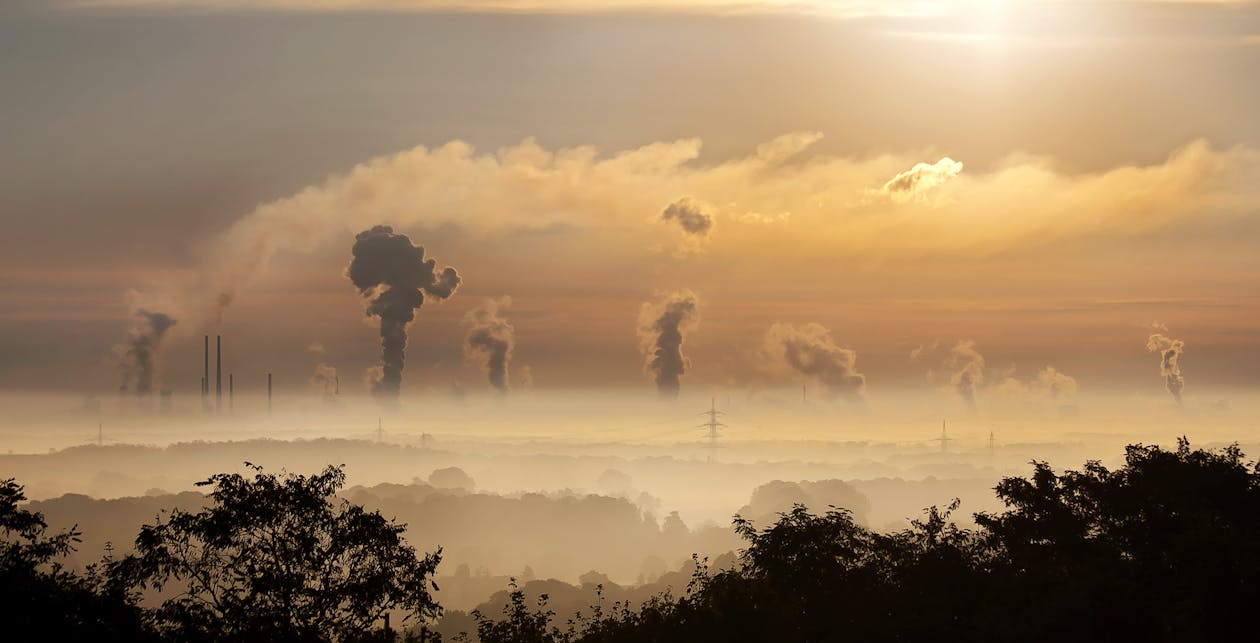
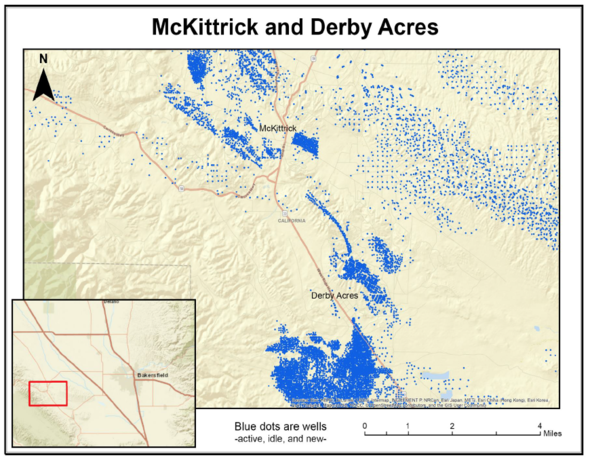
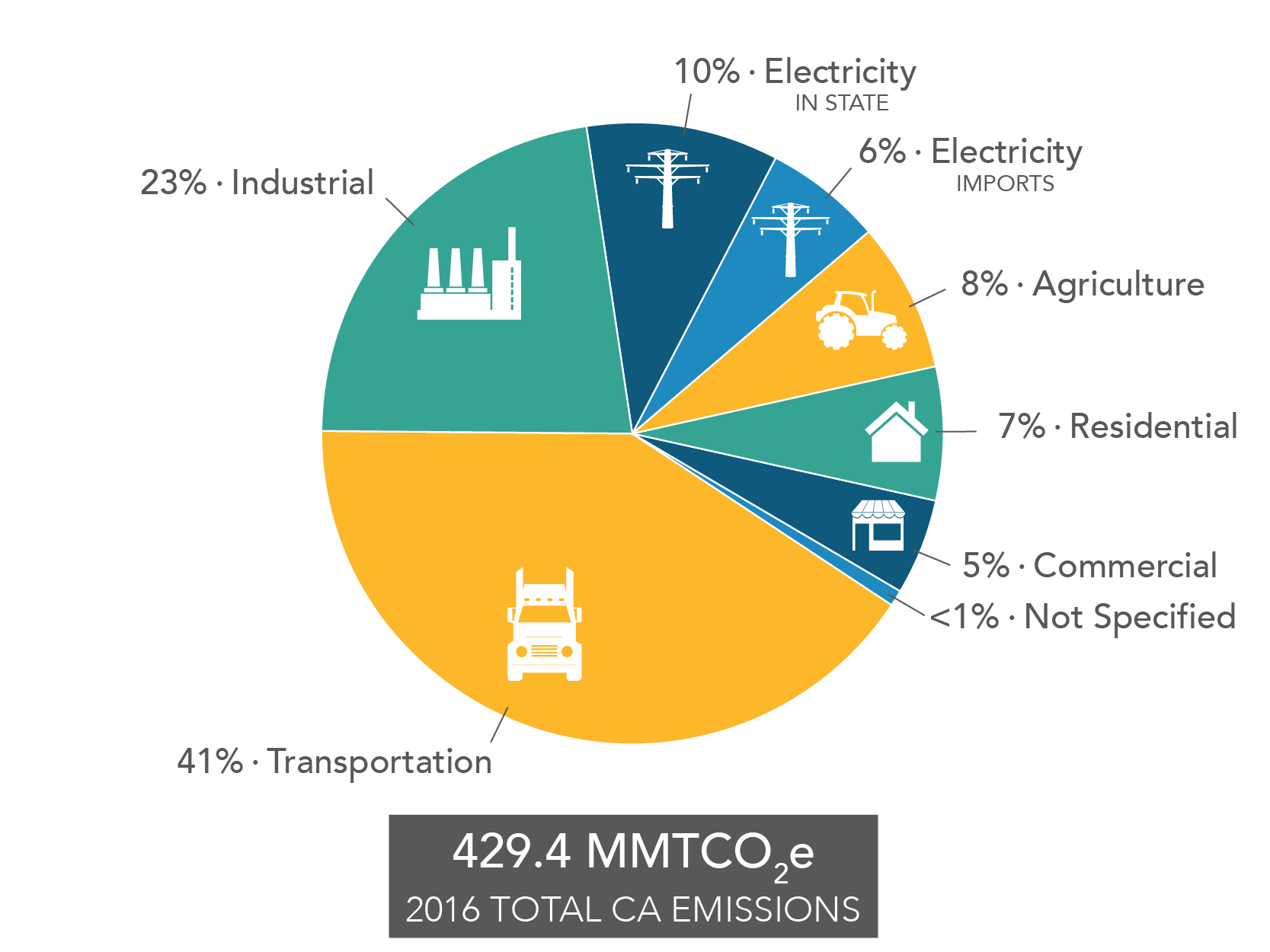

.jpg)

